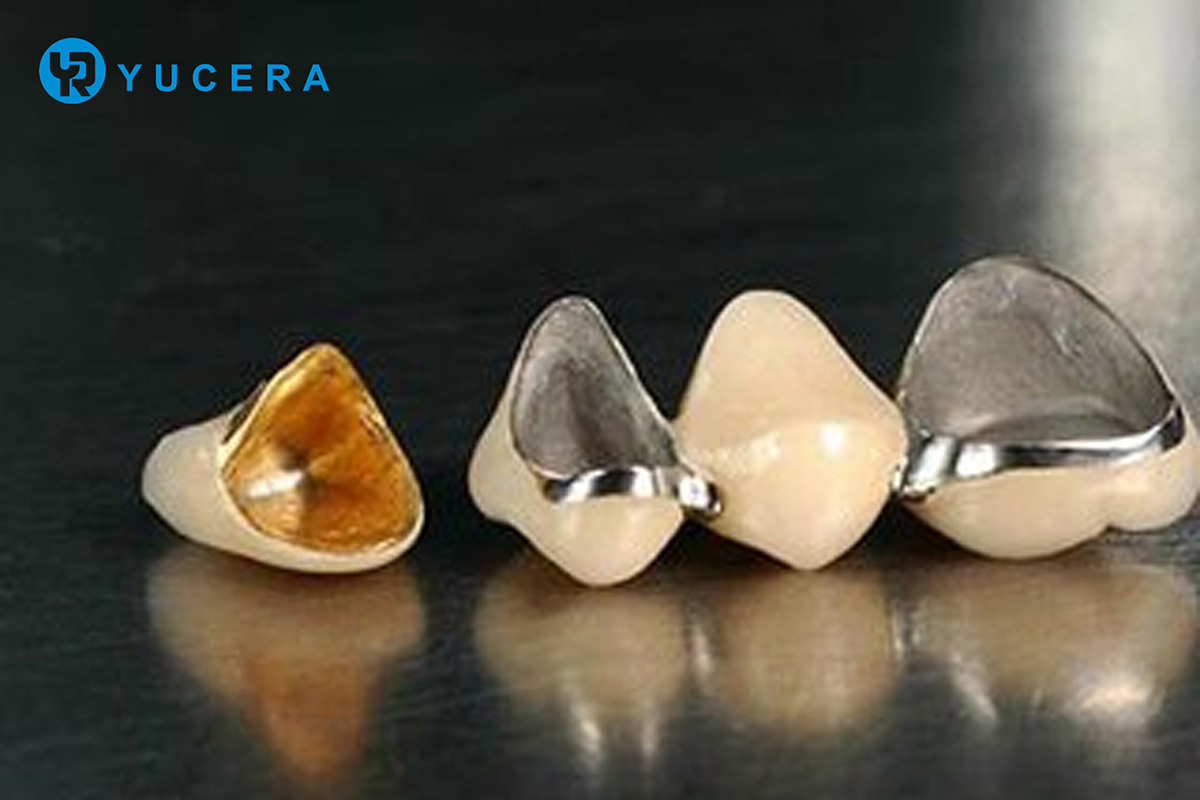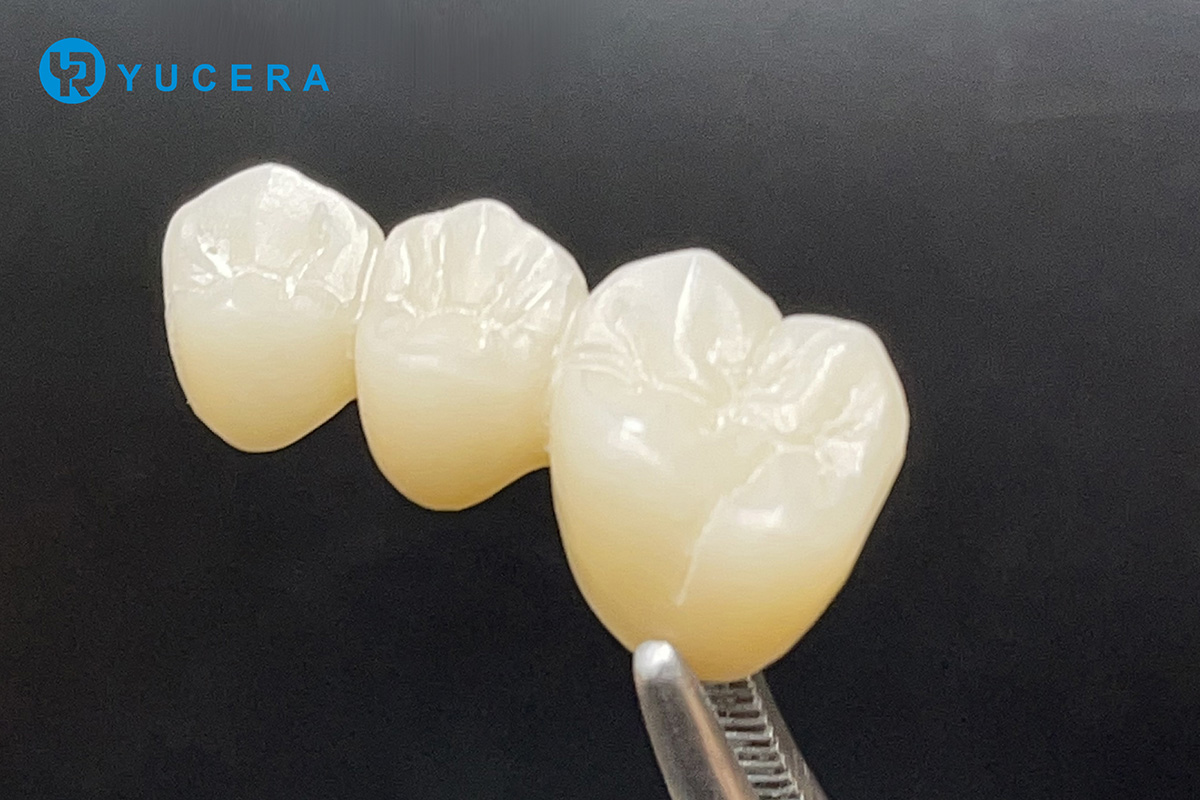CAD/CAM Personalised Abutment Features and Benefits
2024-11-06
2024-12-27
Let's talk about those things about dental crowns today!
What is a dental crown
Dental crowns, commonly known as ‘braces’, is a form of dental restoration, artificial crowns made of different materials, through the bonding agent fixed in the affected teeth after preparation, like a ‘hat’ to the tooth to improve the fracture resistance of the tooth, used to repair the damage to the teeth of the morphological function and aesthetic. It is used to restore the form, function and aesthetics of the damaged tooth.
What is the need for crowns?
1. Large tooth loss caused by various reasons such as tooth decay, when it is difficult to satisfy the chewing and aesthetic functions of the affected tooth with simple fillings;2. The residual root or crown after perfect root canal treatment, after root canal treatment, the tooth becomes brittle due to the loss of nutrient supply to the pulp and the removal of a large amount of infected dentin tissue, which can not withstand a large chewing force;
3. Cryptically cracked teeth, which also cannot withstand large masticatory forces due to the presence of microcracks in the dental tissues;
4. High caries or severe dentin hypersensitivity with tooth defects, or symptoms caused by microcurrent stimulation of dissimilar metals with opposing and neighbouring teeth after amalgam filling;
5. Those who need to raise or restore the occlusion, those who have the habit of grinding teeth at night, and those who have heavy crown loss;
6. Those who need fixed denture retainers or removable partial denture abutments;
7. Poor form and colour of teeth, which can be improved by dental crowns.
The four most common materials for dental crowns
Currently, the most common crown materials are divided into four categories - resin, metal, porcelain and all-ceramic.
1.Resin crowns
The main component is resin, which is commonly known as plastic. Resin is aesthetically pleasing and inexpensive, but wears out quickly. They are generally used as temporary restorations for a short period of time.
2.Metal crowns

At present, the commonly used materials for metal crowns include cobalt chromium alloy, pure titanium, and various precious metal alloys. Metal crowns are strong and wear-resistant, but many patients find it difficult to accept their metal colour.
For clinical crowns too short, bite particularly tight patients, the strength and toughness of precious metal crowns are extremely advantageous, relatively thin thickness can meet the requirements of the restoration, and with the passage of time, the degree of adhesion with the teeth is increasingly strong.
3.Porcelain crowns

By the internal metal base and the surface of the porcelain layer composed of two parts. The main difference lies in the different internal metal substrate, including cobalt chromium alloy, silver palladium alloy, gold palladium alloy.
The surface colour of porcelain crowns is close to that of natural teeth, which is aesthetically pleasing. If the use of the process, the patient often due to chewing hard objects, bite force is too large, resulting in porcelain crown surface porcelain layer chipping, wear, and ultimately will affect the overall aesthetic effect of porcelain teeth.
4.All-ceramic crowns

All-ceramic crowns are the closest in colour and lustre to natural teeth, and have the best aesthetic performance. The material is mainly divided into two categories - glass ceramics and zirconia ceramics.
The former is not only close to the colour of natural teeth, and better light transmission, can restore the texture of natural teeth to the maximum extent. However, due to its relatively low strength, it is mainly used for restoration of anterior teeth that bear relatively small biting force.
Zirconia ceramics, on the other hand, has a colour close to that of natural teeth and is stronger than glass ceramics, but with a slightly poorer translucency, and is often used to restore rear teeth that bear a relatively large biting force.
The purpose of crown restoration is to protect the teeth, improve the chewing and aesthetic function of the teeth, it is recommended that crown restoration should be done as early as possible. At the same time, wearing crowns is not a one-off, the life of the crown depends largely on the patient's own use and maintenance, careful oral hygiene is the most important thing.